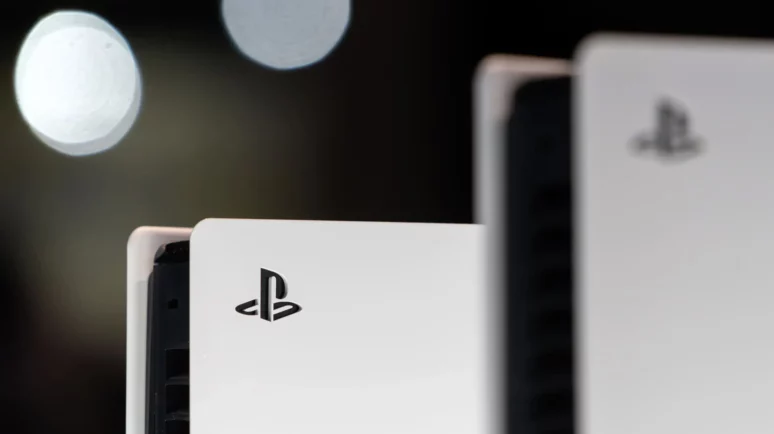
Blockchain gaming just got its first big release on the PlayStation 5 with the arrival of free-to-play (F2P) battle royale shooter, Off the Grid.
Built on Unreal Engine 5 and the Avalanche blockchain, it’s a bold step that will bring Web3 features to the coveted Triple-A gaming audience.
Off the Grid
Off the Grid (OTG) is a classic battle royale third-person shooter akin to PUBG, Fortnite, Apex, and many others that have come to popularize the genre.
With famed District 9 writer and director, Neill Blomkamp at the creative helm, and Unreal Engine 5 providing the resources, the game is undeniably visually stunning. Set in a dystopian cyberpunk world, players are invited to duke it out in player-vs-player (PvP), and player-vs-environment (PvE) game modes.
Gathering items, weapons, armor, and cybernetic enhancements, players will battle for the best loot, and a chance to be the last one standing. It also comes with a complex weapons and armor upgrade system that allows players to craft out and hone their own unique playstyles.
This is considered the biggest launch of any blockchain-based game to date and could see swathes of new players embrace Web3 technologies in their video games. The Avalanche-based shooter is available for free via Early Access on PlayStation 5, Xbox Series X and S, the Epic Games Store, and on PC.
Blockchain Integration
What makes OTG unique is how it handles in-game assets. As an optional extra, users can opt to mint rare in-game items such as weapons and armor as non-fungible tokens (NFTs), all of which can be traded and sold.
This, paired with the game’s native GUN token which can be earned by completing various tasks, creates a somewhat compelling ecosystem offer to players. More specifically, players who manage to find a loot box called “HEX” and extract from the match with it, they can turn it into an NFT.
However, the token has not yet launched, and it is unclear how the optional crypto/NFT trading system will work in-game, or on individual platforms.
Play-to-?
If rare items give an obvious advantage over non-rare items, then we can expect the pursuit of these items to increase.
Top-performing players will farm, mint, and sell rare items at whatever price, and players who aren’t particularly good may consider investing in expensive equipment to gain an edge in gameplay.
It is not yet clear if this may incentivize a pay-to-win strategy. Naturally, if a game allows players to throw cash at it to gain better equipment items, boost crafting speeds, or any other type of upgrade, many players will do so.
Time will tell if the competitive shooter can balance the “optional” crypto offerings with fair gameplay, but either way, it’s looking extremely promising for Web3.
